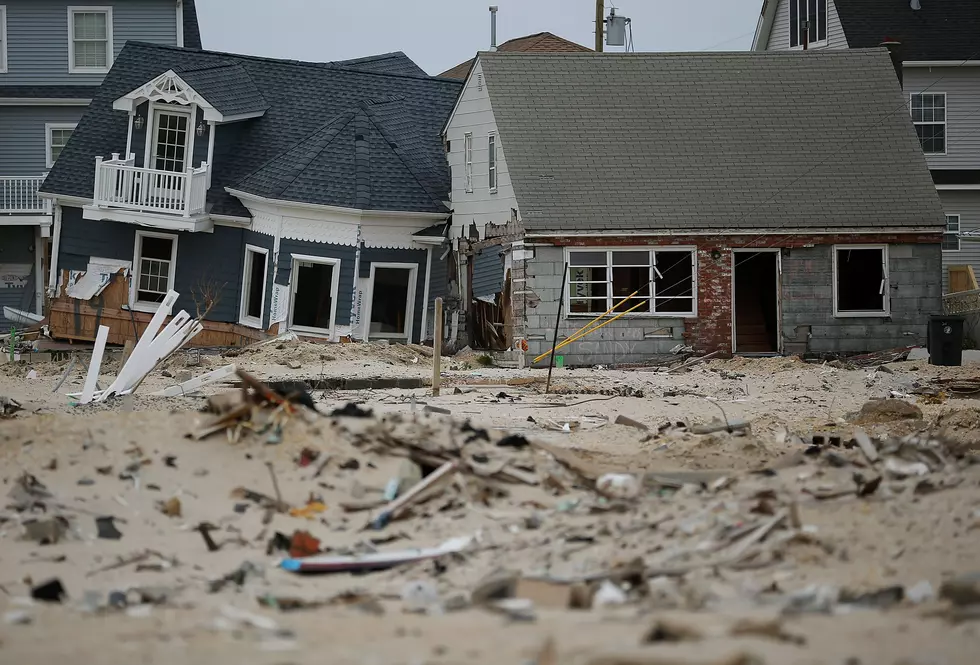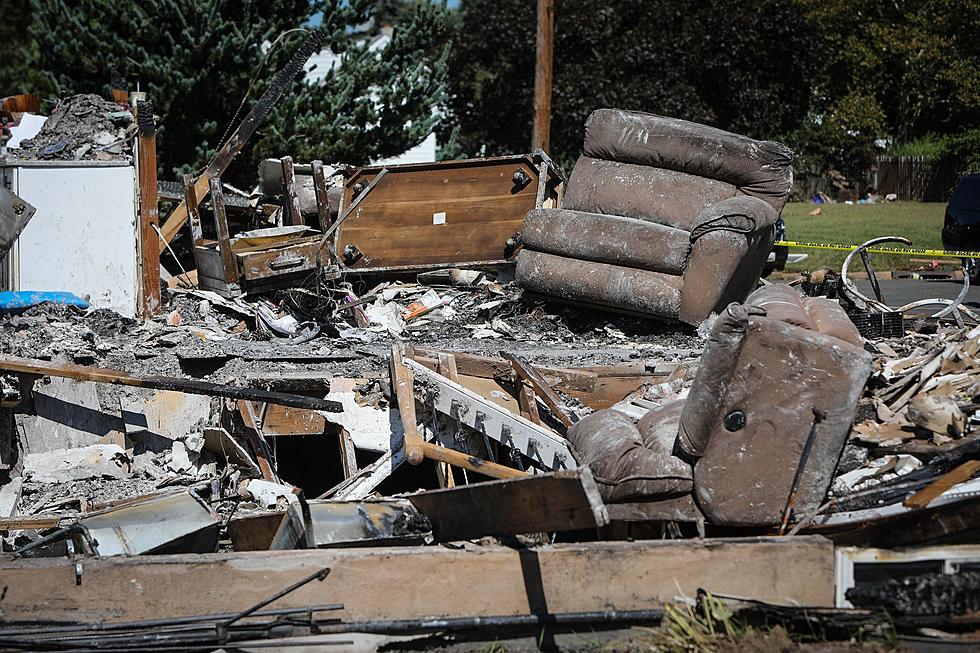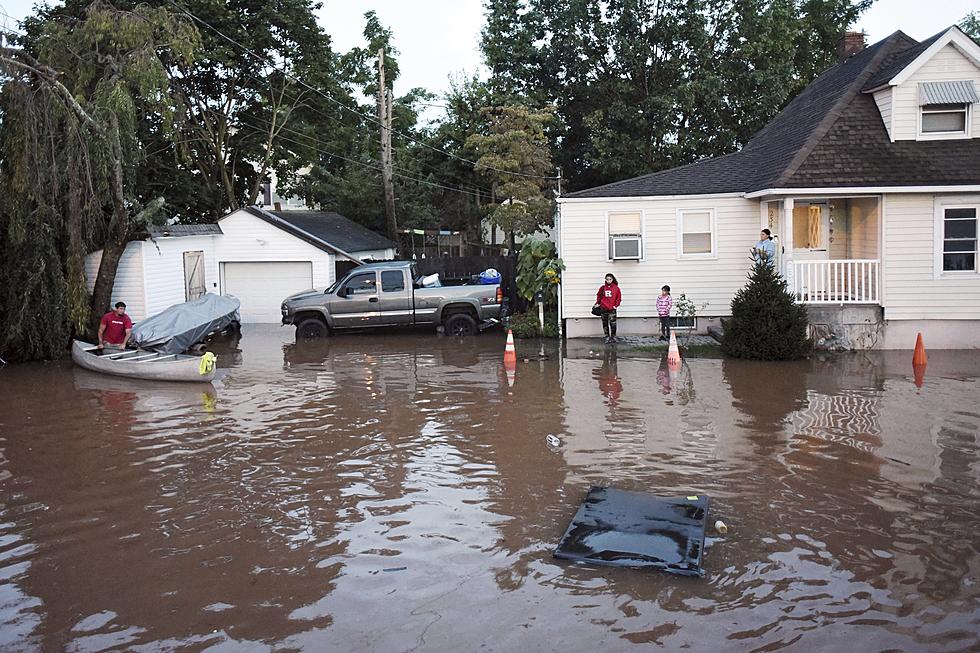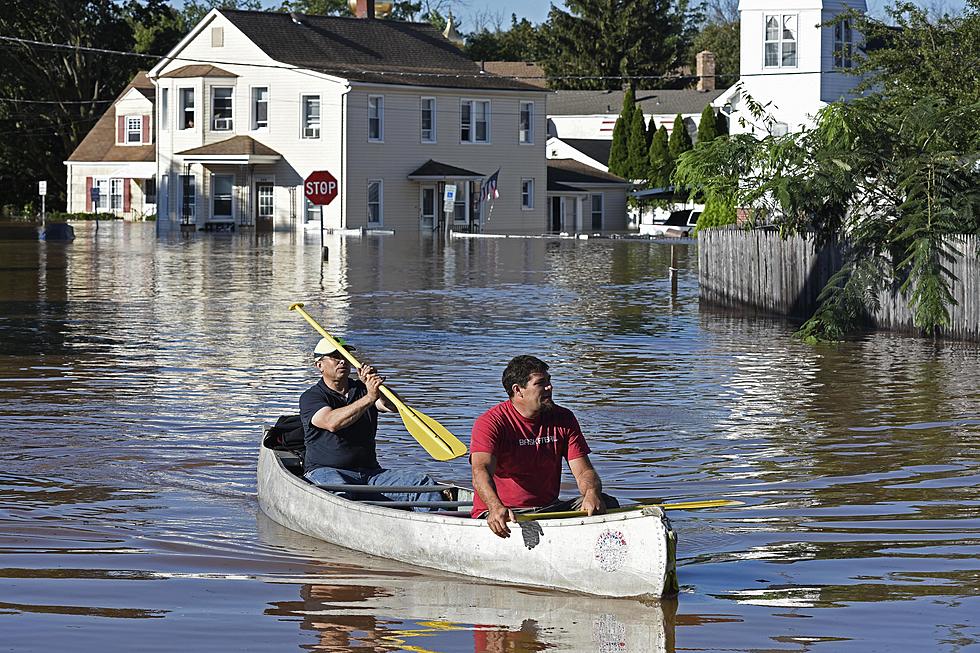![Dune Damage Worse Than Expected [AUDIO]](http://townsquare.media/site/385/files/2013/08/137245526.jpg?w=980&q=75)
Dune Damage Worse Than Expected [AUDIO]
A new report compiled by the U.S. Geological Survey finds beach erosion levels in New Jersey following Superstorm Sandy were worse than the damage caused by several Gulf Coast hurricanes in recent years.
Hilary Stockdon, a Research Oceanographer and the lead investigator for the U.S. Geological Survey's Coastal and Marine Science Center in St. Petersburg, Florida, said the determination was made after months of careful surveillance along the entire Jersey coastline.
"Dune elevation changes were on the order of between 10 to 13 feet of vertical loss of the dune elevation," she said. "New Jersey really took the brunt of the storm, so the dune erosion was much greater than in other states."
Stockdon also said "the amounts of erosion we saw in New Jersey during Sandy were greater than some of the recent storms we've seen in the Gulf Coast, for instance, hurricane Ike which made landfall in Texas. It's on par with what we saw during hurricane Katrina along the Mississippi barrier islands."
Stockdon said that in some locations the storm completely leveled the dunes, carrying sand both offshore and into communities, and she said in many respects Sandy was a very special kind of hurricane.
"It was late in the season, it was a big storm and it was slow moving," she said. "That's part of the reason the impacts were so bad.The coastline experienced big waves and surge over several tidal cycles, so it really allowed the dunes to get beat up."
She also said it's very important to rebuild New Jersey's sand dunes, which will serve as the first line of defense against future storms.
The Army Corps of Engineers is building up dunes along the state's entire 127 miles of coastline, at a cost of more than $1 billion. The project is supposed to be completed in about two years.
More From New Jersey 101.5 FM









